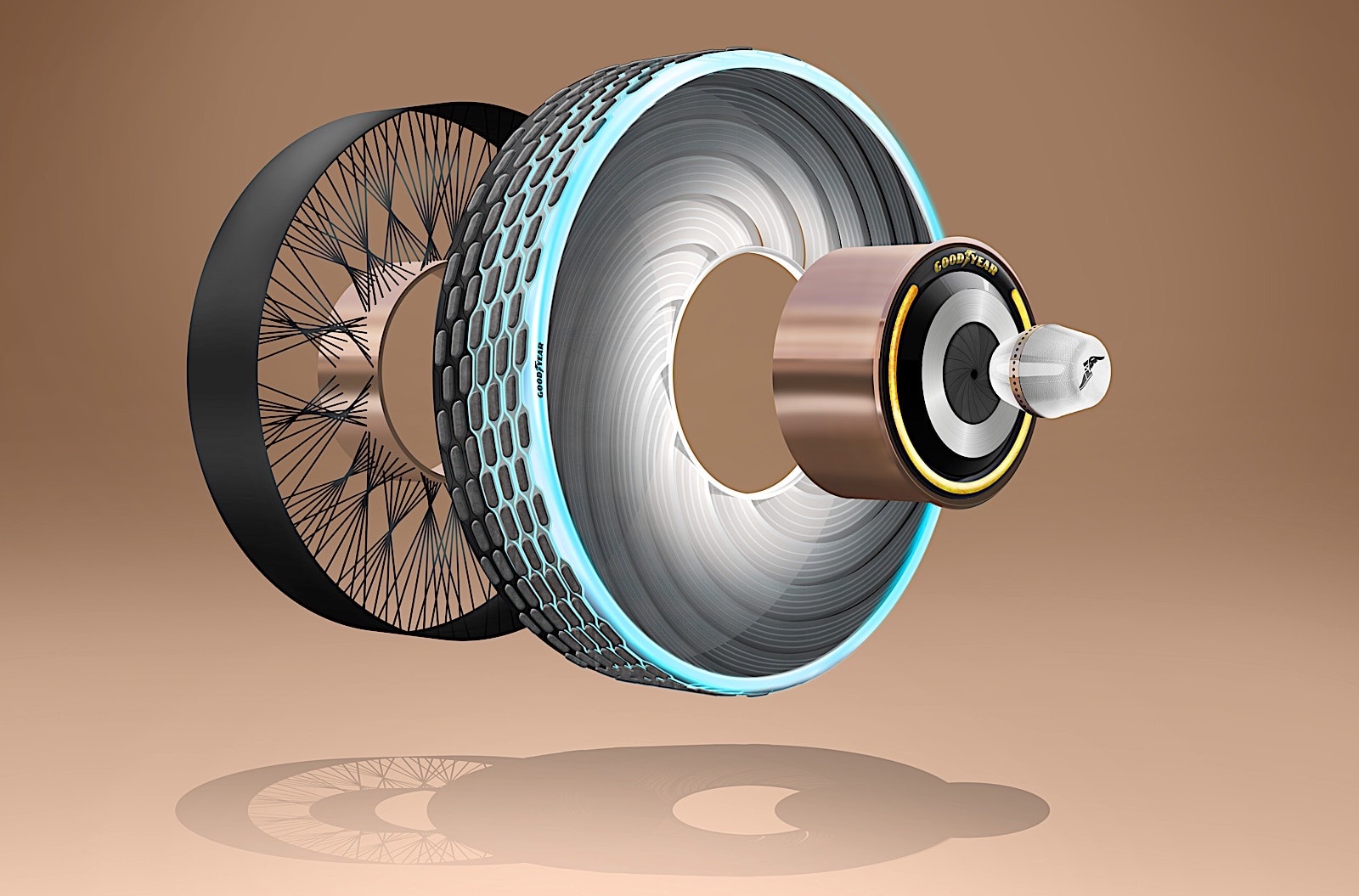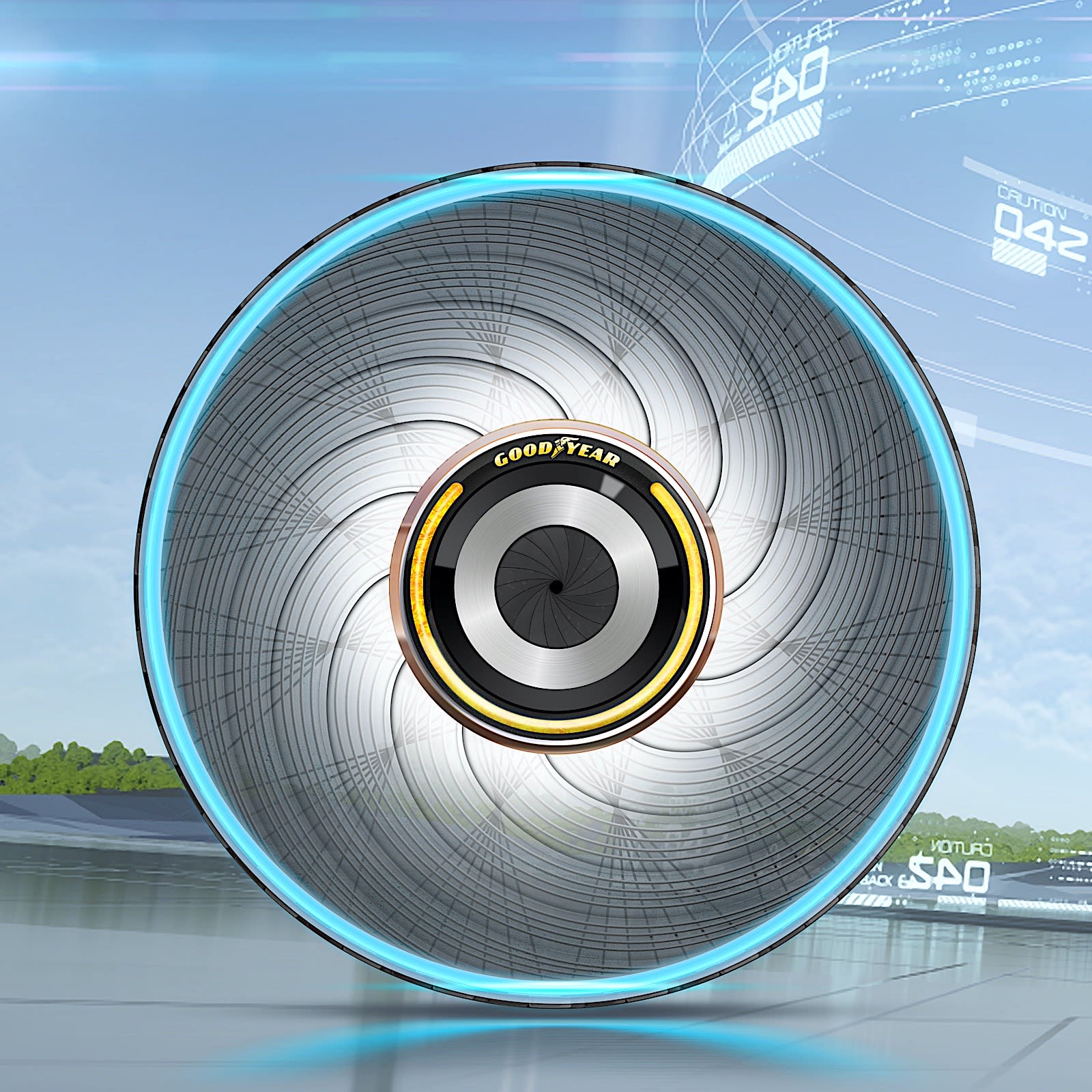With no end in sight yet when it comes to the ongoing coronavirus outbreak, Google says it wants to make it easier for people to work remotely. Starting this week through to July 1st, the company’s G Suite and G Suite for Education customers can use Hangouts Meet’s premium functionality for free. Those features mean individuals can now participate in virtual meetings with up to 250 people and live streams with up to 100,000 viewers. Additionally, they can save recordings of their meetings to Google Drive for free.
At least part of the decision to extend the functionality of Hangouts Meet comes out of recent usage stats Google has seen in places where there’s a good reason for people to stay home. In Hong Kong and Vietnam, the company says it’s noticed "hundreds of thousands" of students use its Hangouts Meet and Classroom apps to keep up with their classes while schools are closed. The move should also help the company keep up with competitors like Zoom, which have seen the usage of their apps jump due to the crisis.
We want to help businesses and schools impacted by COVID-19 stay connected: starting this week, we’ll roll out free access to our advanced Hangouts Meet video-conferencing capabilities through July 1, 2020 to all G Suite customers globally. https://t.co/OWWF7s5jjR
— Sundar Pichai (@sundarpichai) March 3, 2020
"As more employees, educators, and students work remotely in response to the spread of COVID-19, we want to do our part to help them stay connected and productive," Google said. "We’re committed to supporting our users and customers during this challenging time, and are continuing to scale our infrastructure to support greater Hangouts Meet demand, ensuring streamlined, reliable access to the service throughout this period."
Since the disease started spreading, COVID-19 has had numerous effects on the tech industry, with conferences being one of the more visible casualties. Earlier this week, for instance, Google announced it will hold its upcoming Cloud Next conference virtually, instead of asking people to attend the event in person.
Source: Google
via Engadget http://www.engadget.com
March 3, 2020 at 02:26PM





